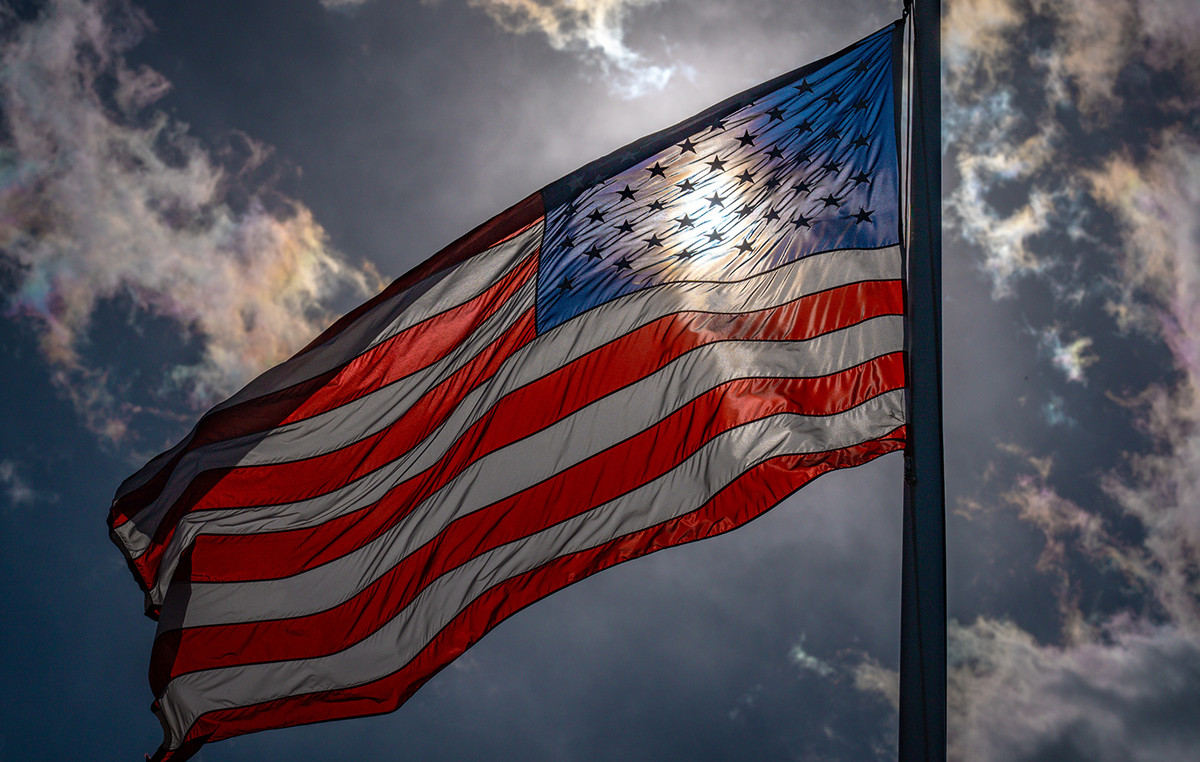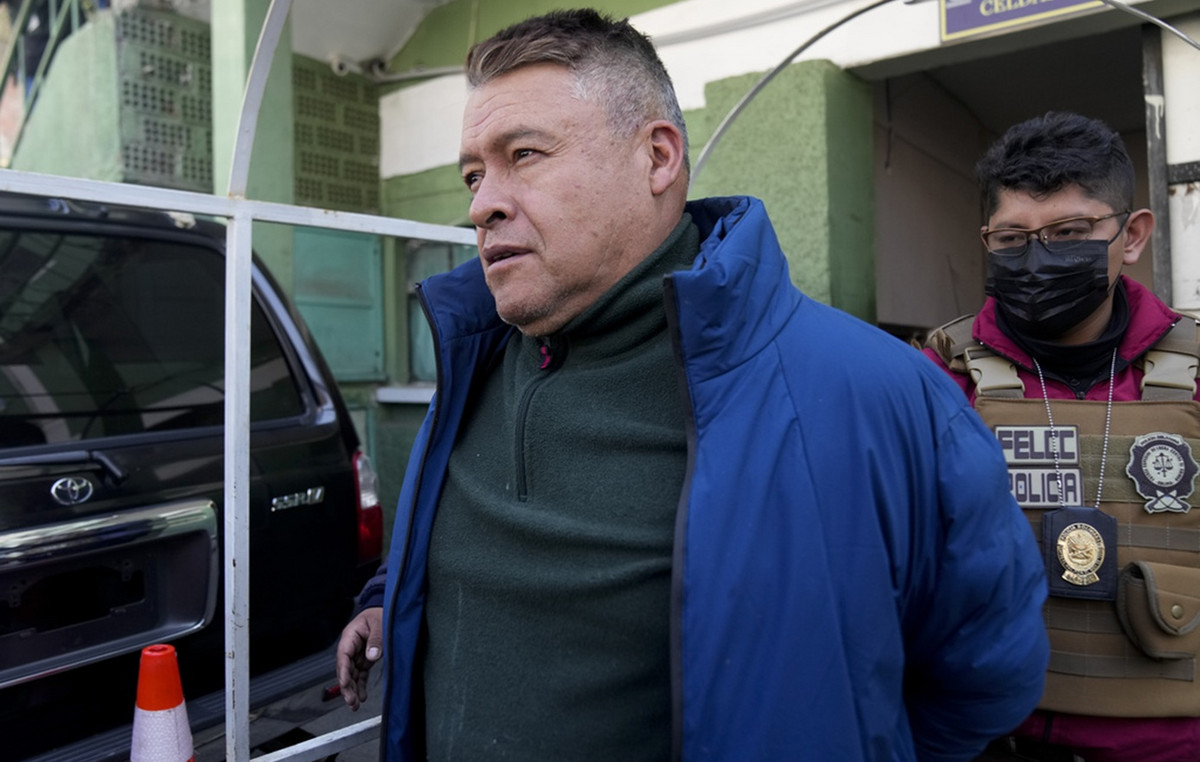Some people may ask, “Didn’t that happen in 1953?” Others may know that it was only a truce that ended hostilities in 1953 — but there was never a treaty to end the conflict between the North Korea (and its main ally, China) and the South Korea and its allies, mainly the U.S.
With the top South Korean diplomat saying last Wednesday (29) that Seoul and Washington have “effectively” agreed on a bill to end the war, here’s a rundown on what that means.
What was the Korean War?
The war began on June 25, 1950, when the first of 135,000 North Korean forces, as estimated by the US military, invaded the 38th Parallel, which divides North and South Korea, in an effort to take full control of the Korean Peninsula.
The United States, under the command of President Harry Truman, responded with what was called “police action”, bringing together a group of international allies under the favorable circumstances of the “Command of the United Nationss” to help South Korea.
Twenty-two nations contributed combat troops or medical support units to the US-led effort.
North Korea, controlled by the communists, had the support of the Soviet Union and yes China, with Beijing actively intervening on the military front in October 1950, sending nearly 250,000 troops to the Korean Peninsula as US-led forces advanced towards China’s border with North Korea.
Chinese support to the North pushed the UN advance back to the peninsula, and in 1951, the impasse broke along the 38th Parallel, where the border between the two Koreas now stands.
How did the fights stop?
Truce negotiations began in 1951 and ran intermittently until a final agreement to end the fighting was made at Panmunjom, on Parallel 38, on 27 July 1953.
Within three days, both sides withdrew their troops who were at least two kilometers from the ceasefire line.
Why didn’t the truce end the war?
The signatories of the agreement of 27 July 1953 to end hostilities were the heads of the UN Command, of the army North Korean and Chinese troops on the Korean Peninsula. South Korea is not a signatory, and the agreement specifically says that it is not a peace treaty.
According to the preface to the ceasefire, it is done “in the interest of stopping the Korean conflict, with its great work of suffering and bloodshed on both sides, and with the aim of establishing an armistice that ensures the complete cessation of hostilities and all acts of armed force in Korea until a final peaceful settlement is reached.”
What has happened since 1953?
There was no official contact between the governments of North and South Korea until 1971, according to the US State Department.
By 1991, however, tensions had eased enough for Pyongyang and Seoul to sign the North-South Basic Agreement, which said that reunification was the goal of both parties.
But the State Department’s history says that developing weapons programs in the North and the death of its longtime leader Kim II-Sung in 1994, along with political turmoil in the South, have led to new tensions.
The first inter-Korean summit was held in June 2000, but the thaw it provided ended with North Korea’s 2002 admission that it was seeking nuclear weapons.
This admission led to a series of negotiations on the North’s nuclear program between North Korea, China, Russia, South Korea, United States and Japan, known as the six-party negotiations. North Korea withdrew from that effort in 2009 after restarting its Yongbon nuclear reactor and launching a series of nuclear tests. missiles.
In 2007, South Korean President Roh Moo-hyun and North Korean leader Kim Jong II met in Pyongyang and agreed to try to bring peace and reunification to the peninsula without the intervention of third parties.
But conservative Lee Myung-bak was elected South Korean president a few months later and shifted to a hard line on the Northern weapons program, crippling peace efforts.
Tensions cooled again in 2018, when the North Korean leader Kim Jong Un met with South Korean President Moon Jae-in in Panmunjom. The two said they would work to turn the 1953 armistice into a peace treaty.
Later that year, the two met again in Pyongyang and signed a joint declaration to seek denuclearization while working for peace on the peninsula.
Three meetings between the US president, Donald Trump, and Kim — the first between an incumbent US president and a North Korean leader — have also failed to make any progress toward denuclearizing the North, despite its historic nature.
Since then, efforts have stopped.
So what does the announcement of a possible peace treaty project mean?
Essentially, not much — for now — whatever agreement US and South Korean diplomats make on the wording of the bill, they will still need approval from their respective governments. Of course, North Korea would have to agree and, as part of the armistice, so would China.
But there is room for optimism.
South Korean Foreign Minister Chung Eui-yong said last Wednesday (29) that North Korea has responded quickly and positively to South Korea’s move to declare the end of the Korean War.
And Kim Yo Jong, sister of the North Korean leader, in September called the South Korean president’s proposal to declare the end of the war “interesting” and “an admirable idea”, but questioned the moment and demanded the hostile policy against the North was withdrawn first.
But North Korea has yet to respond in detail to the statement, even through China, Chung said.
This content was originally created in English.
original version
Reference: CNN Brasil
I’m James Harper, a highly experienced and accomplished news writer for World Stock Market. I have been writing in the Politics section of the website for over five years, providing readers with up-to-date and insightful information about current events in politics. My work is widely read and respected by many industry professionals as well as laymen.






